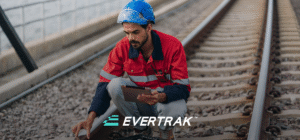
Why Gen Z Railroad Engineers Are Demanding Smarter Infrastructure (Not Just New Tech)
Like other industries, railroads are starting to feel the impact of Gen Z’s workforce expectations as more professionals from this age group enter the job

Like other industries, railroads are starting to feel the impact of Gen Z’s workforce expectations as more professionals from this age group enter the job
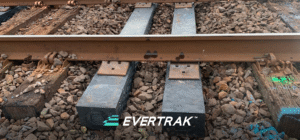
North American railroads are experiencing a fundamental shift in their approach to infrastructure modernization. Rather than relying on wholesale replacement of existing systems, operators realize
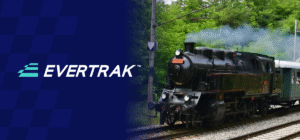
Railroad tie deterioration isn’t random—it follows predictable patterns driven by environmental science. While wood ties perform reliably in many North American railroad environments, specific conditions

The railroad industry faces a significant workforce transition: Gen Z professionals are starting their careers with fundamentally different expectations about technology, sustainability, and professional development
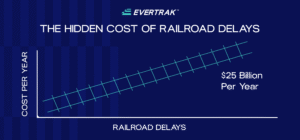
Railroad efficiency is measured in minutes. A single hour of mainline delay can have a serious impact on the transit of goods across the supply
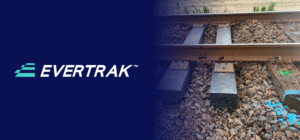
With over 140,000 miles of track and approximately 450 million railroad ties in service on North American railroads, wood comprises 90-93% of our rail infrastructure.
Get the latest from the Fabrik newsroom